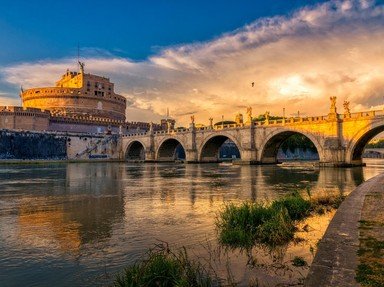Quiz Answer Key and Fun Facts
1. The Saturnalia was obviously held in honor of the Roman god, Saturn, but for what reason was it held?
2. The first Saturnalia are recorded to have taken place in 497 BC. Which group of Roman officials were required to be at the celebrations?
3. On what day of the Julian calendar did the Saturnalia begin?
4. Which of the following actions was part of the events that marked the beginning of the Saturnalia celebration?
5. Which other god was connected to Saturnalia celebrations during the later Empire Period, and was celebrated on December 25?
6. The common greeting during the Saturnalia in ancient Rome was "Io Saturnalia!" Some sources believe this was the origin of which common holiday phrase used today?
7. How long did the Roman celebration of the Saturnalia last?
8. There was to be no work during the Saturnalia.
9. Which of the following statements best describes the celebratory aspect of the Roman Saturnalia?
10. The best source of information about the Saturnalia is Virgil's "Aeneid".
Source: Author
ponycargirl
This quiz was reviewed by FunTrivia editor
bloomsby before going online.
Any errors found in FunTrivia content are routinely corrected through our feedback system.

